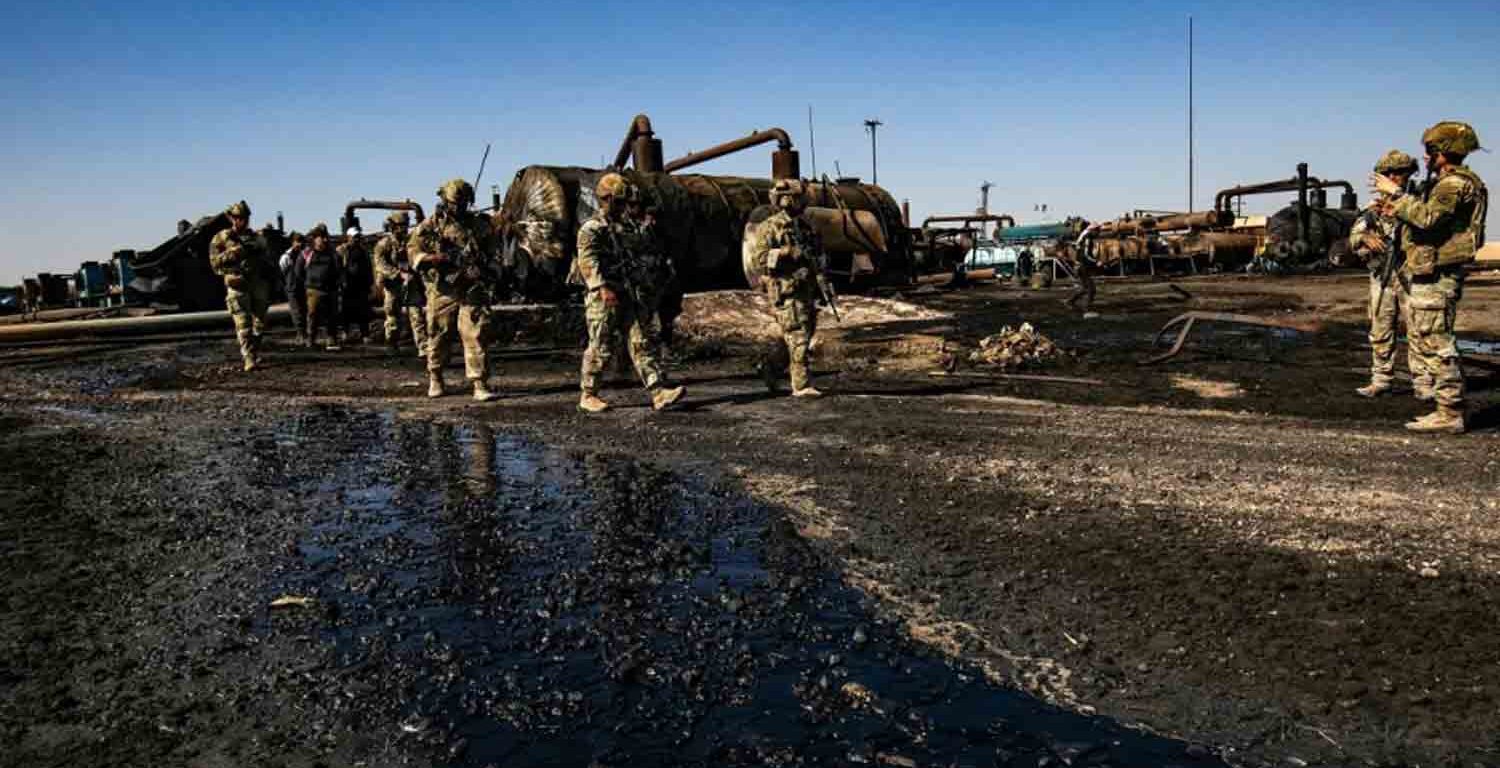The Pentagon has revealed that the United States currently has around 2,000 troops stationed in Syria, a figure that is more than double the previously reported count of 900, according to a Defense Department spokesperson during a press briefing on Thursday.
Pentagon Press Secretary Maj. Gen. Patrick Ryder noted, “There are often diplomatic and operational security factors that influence our troop deployments, and this situation is no exception.” He emphasized that all 2,000 troops are deployed in Syria to combat ISIS.
Ryder further explained that the additional forces are classified as temporary rotational troops, responding to evolving mission needs, while the original 900 personnel are on extended assignments.
On Friday, a U.S. delegation is set to visit Syria to engage with the interim Syrian government, marking the first high-level American visit since the ousting of President Bashar al-Assad, as stated by a State Department spokesperson.
The delegation includes Assistant Secretary of State for Near Eastern Affairs Barbara Leaf, Special Presidential Envoy for Hostage Affairs Roger Carstens, and NEA Senior Advisor Daniel Rubinstein, who are currently in Damascus.
CNN reported on Thursday that this delegation was anticipated to arrive in Syria soon, with Rubinstein at the helm. The State Department spokesperson confirmed that Rubinstein “will spearhead the Department’s diplomatic efforts regarding Syria.”
The delegation plans to engage with representatives from Hayat Tahrir al-Sham (HTS), the effective governing body in Syria, to discuss transition principles that have received endorsement from the United States and regional allies during a meeting in Aqaba, Jordan, according to the spokesperson.
These principles, which were established following a recent gathering in the coastal city of Jordan, address critical matters such as human rights, the prevention of a resurgence of terrorist organizations like ISIS, and the elimination of chemical weapons.
Carstens has been active in Lebanon and Jordan over the past two weeks, spearheading efforts to locate American journalist Austin Tice, who has been missing in Syria for over 12 years.
The delegation is also anticipated to address initiatives aimed at finding Tice. These discussions have been central to the US’s direct engagement with HTS, a point confirmed by Secretary of State Antony Blinken on Saturday. HTS is recognized as a terrorist organization by the US.
US military efforts are concentrated on combating ISIS, a significant challenge for the international community following the collapse of the Assad regime. US officials have consistently emphasized the necessity of preventing the terrorist group from exploiting the transitional period in Syria to re-establish itself.
When questioned by CNN regarding the Pentagon’s previous failure to disclose the accurate number of US forces in Syria, Ryder refuted any claims of intentional misrepresentation, stating that he only became aware of the actual figure on Thursday prior to his briefing.
“Part of the explanation lies in the sensitivity surrounding diplomatic and operational security,” Ryder noted, declining to elaborate on the diplomatic factors involved.
“I’m not going to delve into diplomatic discussions,” Ryder stated. “However, there are indeed diplomatic considerations at play.”
Ryder indicated that he discovered the initially reported figure was inaccurate after receiving recent updates while his team was reviewing the situation. He stated, “I requested further details on this matter, understanding that if the numbers differ from what we previously communicated, we need to ascertain the correct figures and proceed accordingly.”
When asked whether Defense Secretary Lloyd Austin was informed about the number of US troops stationed in Syria, Ryder expressed confidence that the secretary is aware of US military deployments globally. However, he noted that Austin had not yet discussed this matter with Gen. Michael “Erik” Kurilla, the commander of US Central Command, who oversees operations in the region.
Ryder also mentioned that he was not aware of any changes to the number of US troops in Syria.
Since 2014, US forces have been present in Syria to combat ISIS, collaborating with the Kurdish-led Syrian Democratic Forces (SDF) in their efforts against the terrorist organization.
The swift decline of Assad’s regime has raised concerns about a potential power vacuum that could allow ISIS to regain strength, as the group has not controlled territory in Syria since 2019.
The situation is further complicated by Turkey’s threats against the SDF, which it views as a significant threat due to its ties to the Peoples’ Protection Units (YPG), an organization designated as terrorist by Turkey.
Recently, the US has conducted numerous airstrikes targeting ISIS, while the SDF has reported a suspension of their anti-ISIS operations due to recent assaults by Turkish-backed forces.
Discover more from Defence Talks | Defense News Military Pictures
Subscribe to get the latest posts sent to your email.

